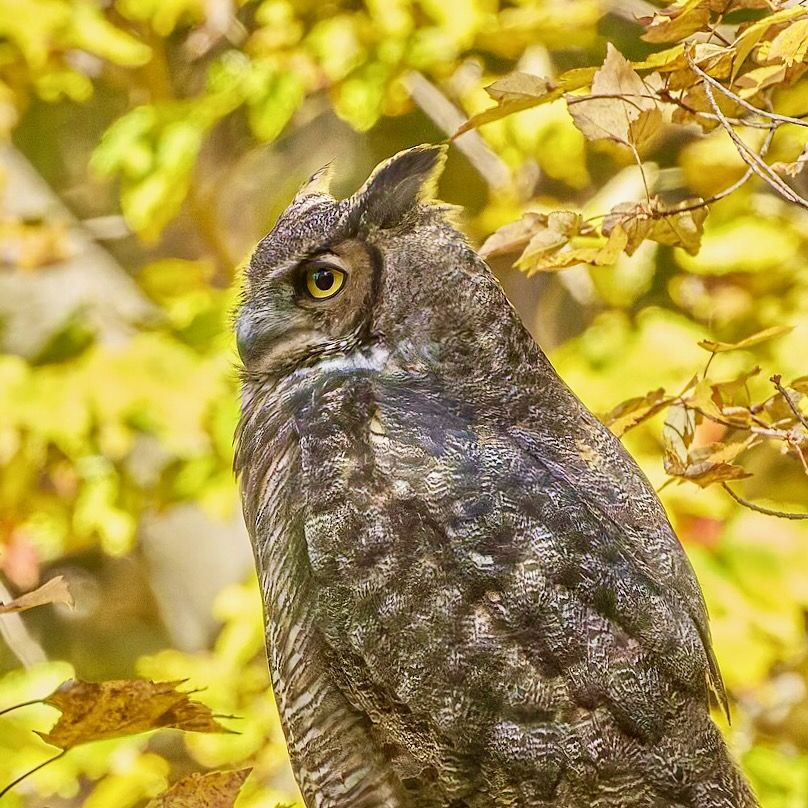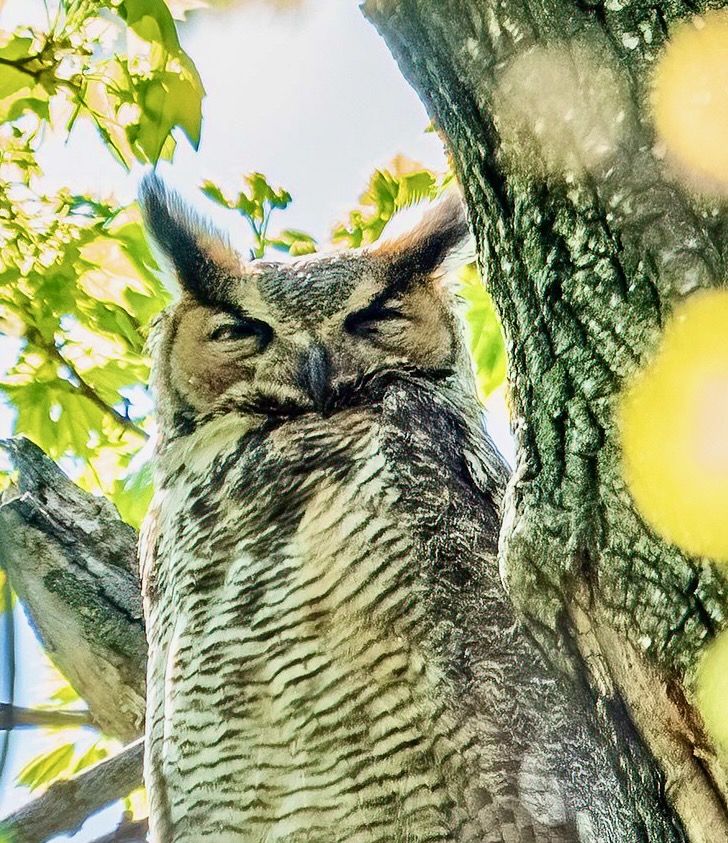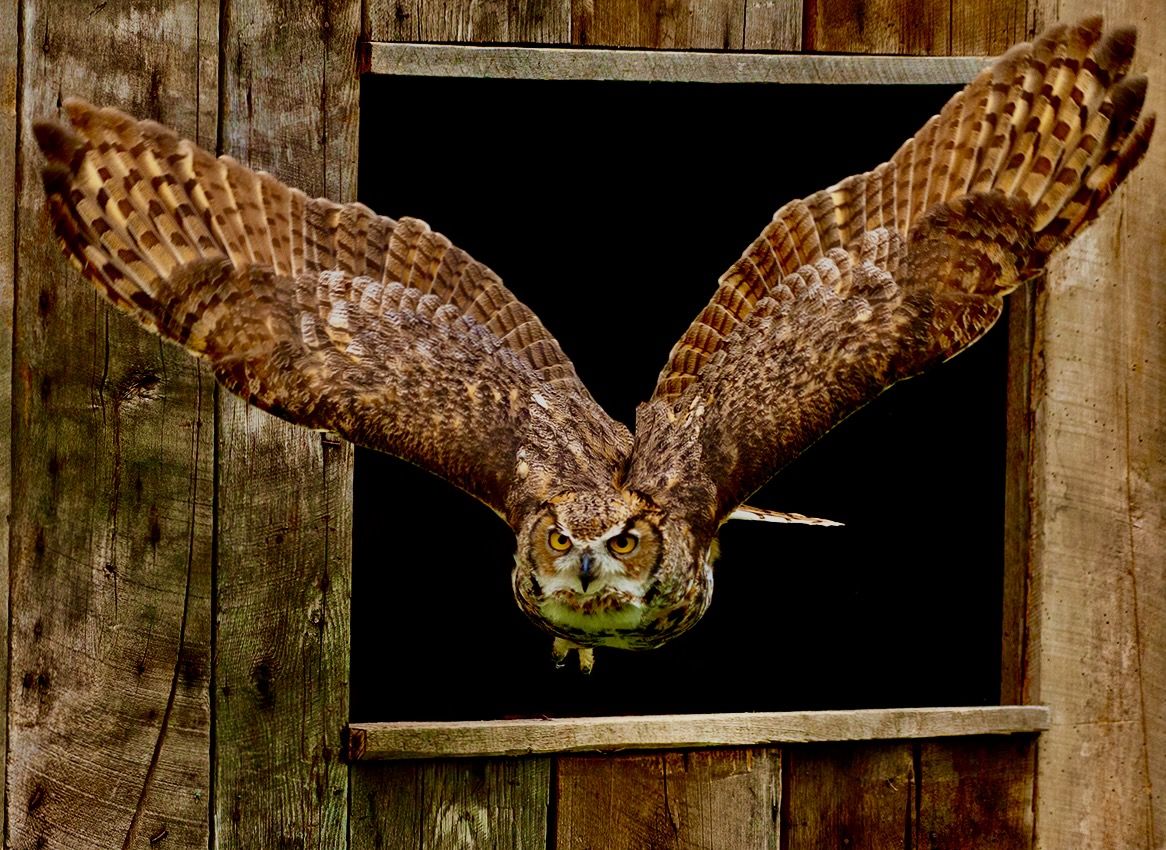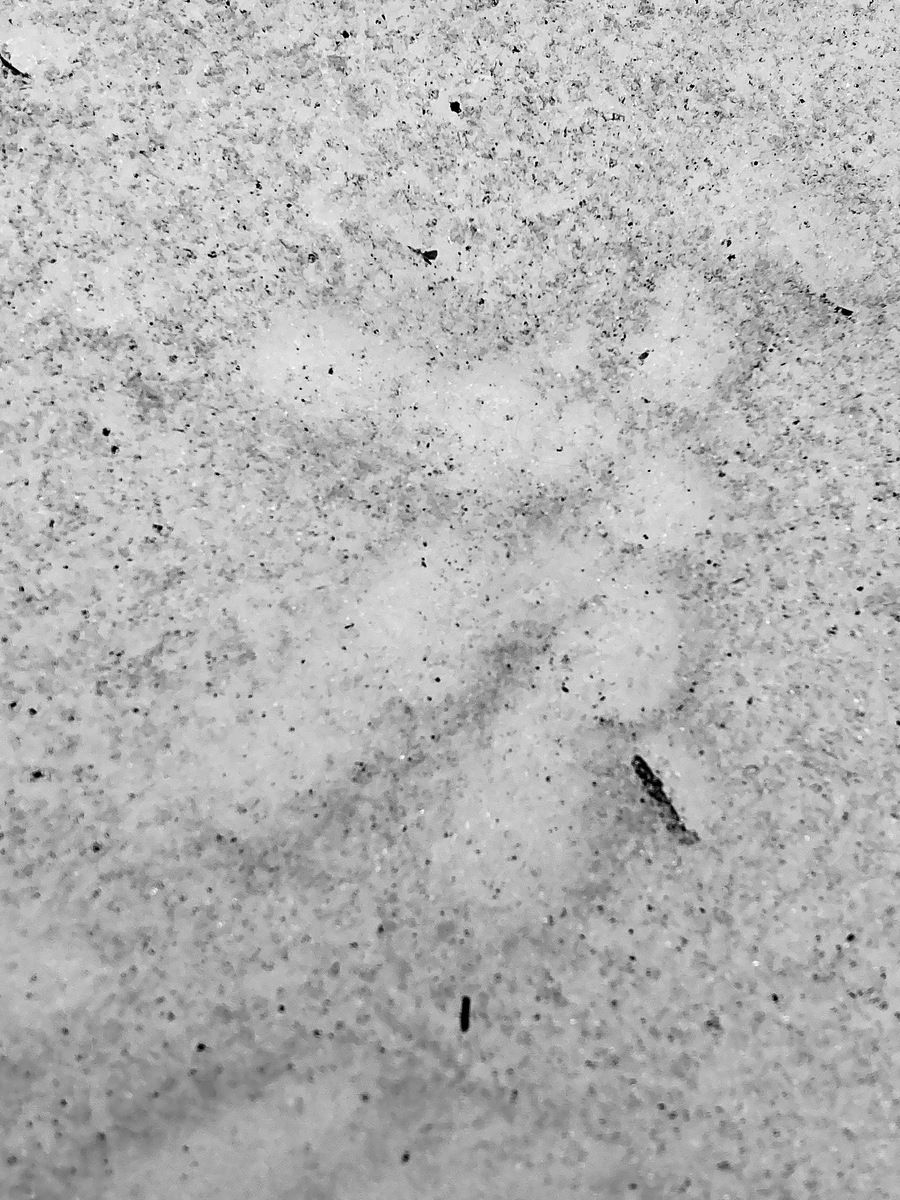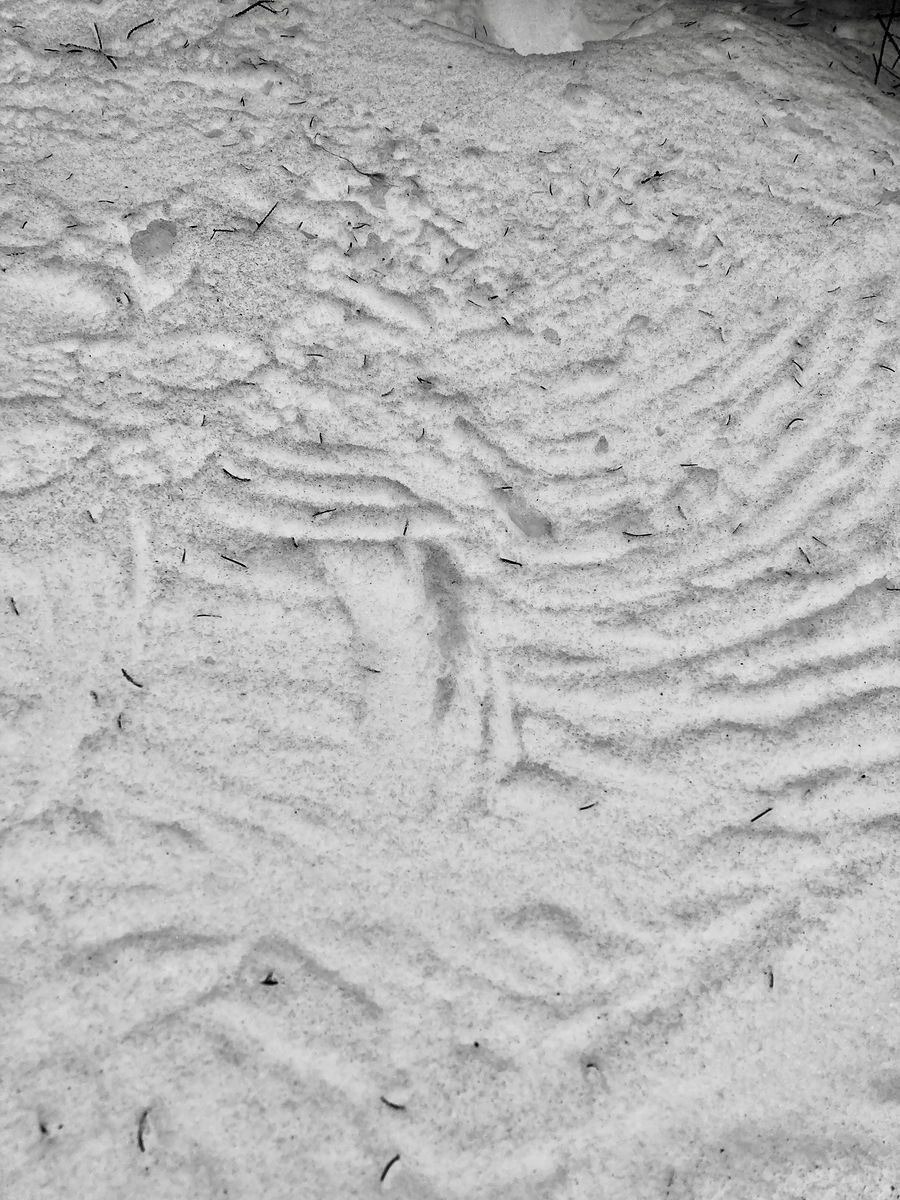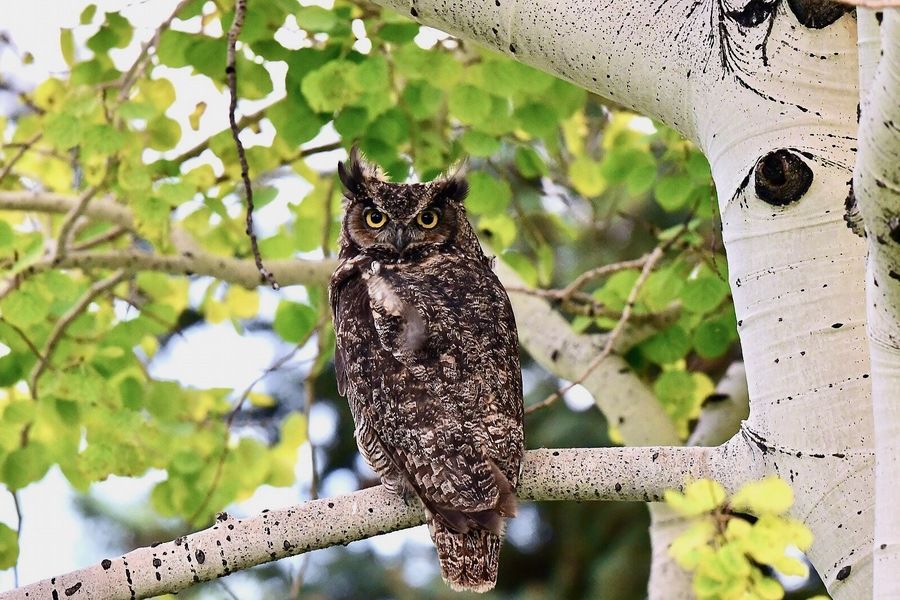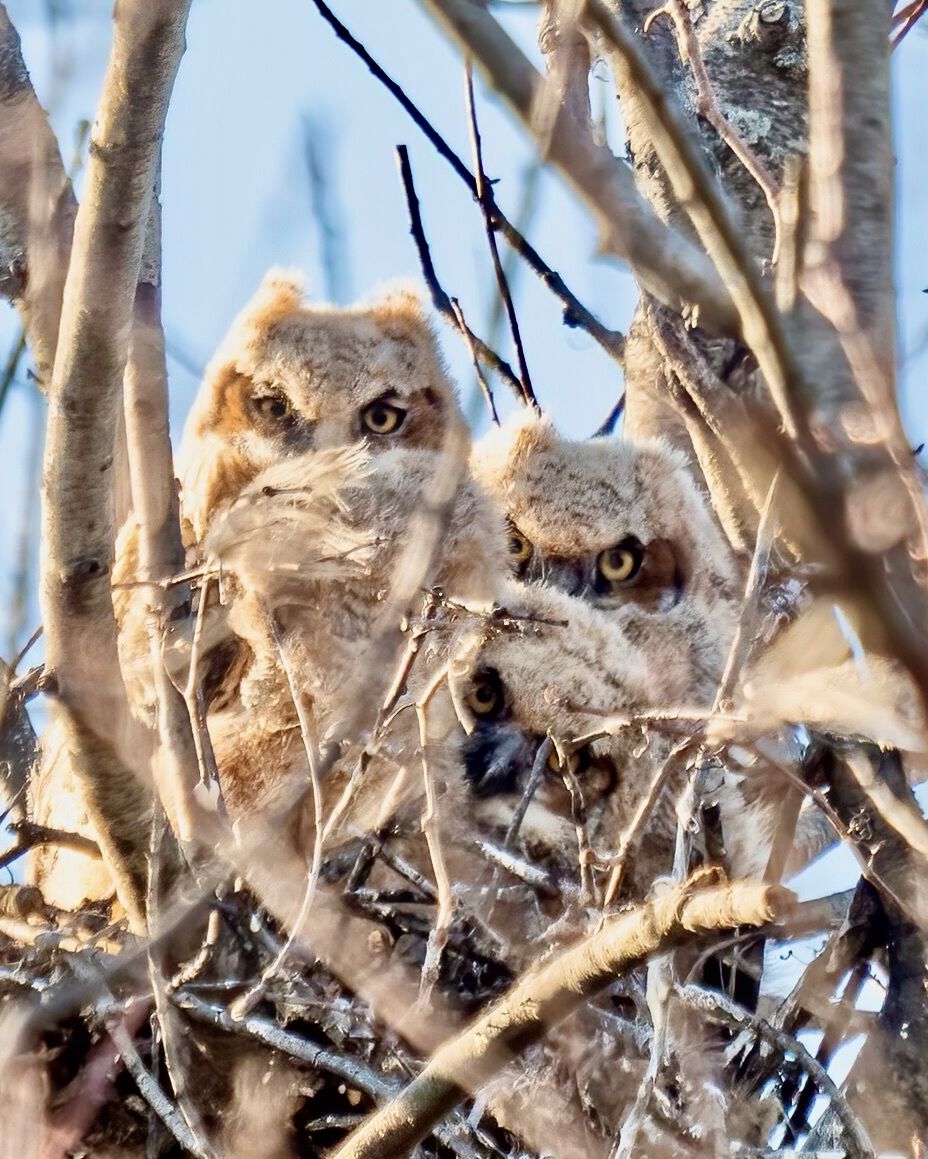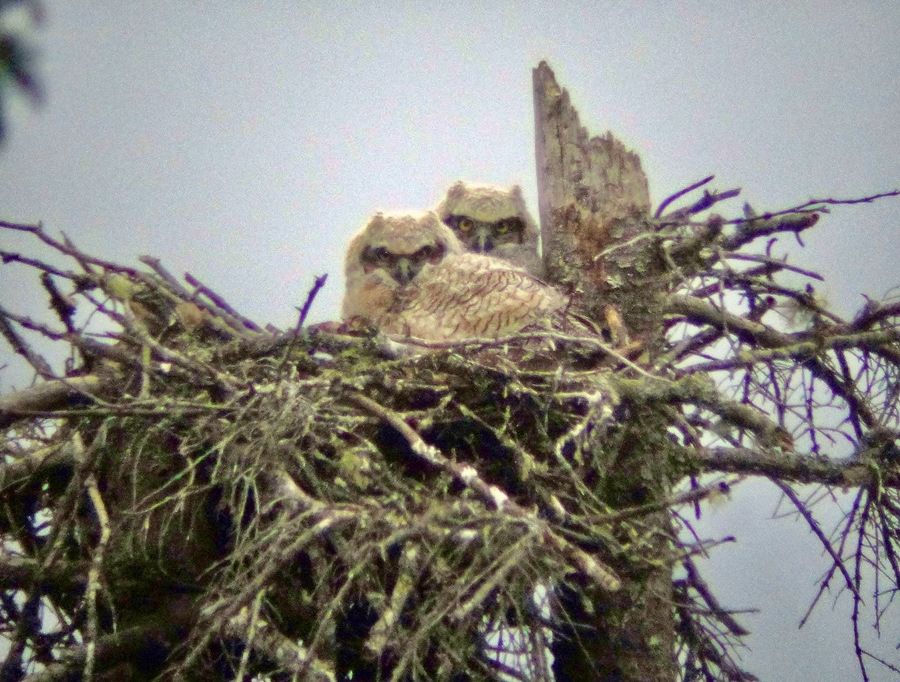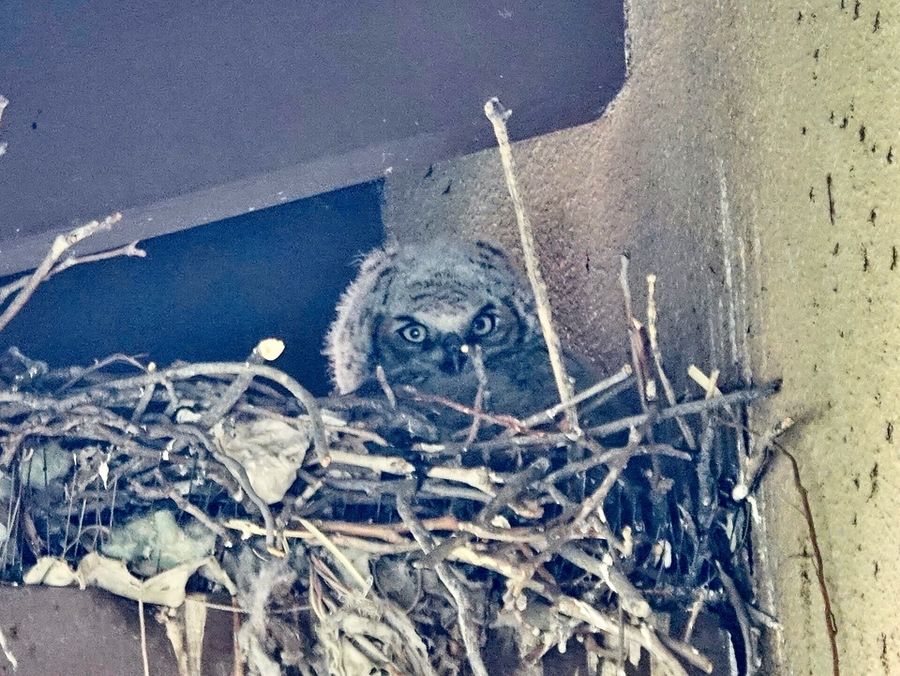Great Horned Owl
Bird data for Salter Grove go back to 2002 but the Great Horned Owl was only documented for the first time one night in early January, 2025. Its call was heard from Narragansett Parkway which forms the western border of the park. Like the Screech Owl, it has been recorded in nearby Passeonkquis Cove, but not on a regular basis, suggesting that neither owl species is resident in the suburban landscape that envelops Salter Grove.
It occurs throughout the Americas from tropical to subarctic regions in a wide variety of habitats, ranging from desert to rainforest, and from sea level to above the tree line on mountains. It has been found in large urban parks and suburban areas with large trees. In general, it favors a mosaic of woodland for roosting and open fields that offer abundant prey. It is territorial, and except for individuals that breed very far north, it is resident throughout the year if the hunting is good near its nest site.
Despite its large size, the Great Horned Owl is more often heard than seen because it is mostly active at night. Its large wings flap and glide nearly soundlessly in darkness in pursuit of prey. During the day, it keeps perfectly still and hides in plain sight as its nondescript and cryptic plumage blends into tree trunks. Nevertheless, it is always mobbed as soon as it is spotted by crows and jays, and hawks and falcons.
It basically feeds on anything that moves and has the largest list of prey species of any raptor. Studies of regurgitated owl pellets document over 200 different kinds of mammals (from small rodents to jackrabbits), nearly 300 bird species (from Blue Gray Gnatcatcher to Wild Turkey, and even other raptors), various fish, amphibians, reptiles, and large insects. Nonetheless, mammals, and especially rodents, make up about 88% of the prey it consumes in North America.
Because of a great overlap in their prey species, the Great Horned Owl is considered to be the nocturnal analogue of the Red-tailed Hawk, which is regularly observed feeding on squirrels at Salter Grove during the leafless months. There have been at least three reports of the Great Horned Owl feeding on Red-tailed Hawks but as yet, no documentation of the reverse.
Based on recent surveys of breeding birds in Rhode Island, the Great Horned Owl is more abundant now than in the 1800's when it was hunted, and agricultural activities reduced suitable habitat. Since then, reforestation in New England has increased suitable nest sites but new causes of mortality have emerged, such as collision with vehicles or windows, electrocution by power lines and secondary exposure to toxins from feeding on poisoned rodent prey.
For more information:
https://www.allaboutbirds.org/guide/Great_Horned_Owl
https://www.audubon.org/field-guide/bird/great-horned-owl
https://en.wikipedia.org/wiki/Great_horned_owl
https://animaldiversity.org/accounts/Bubo_virginianus/
https://www.birdsbybent.com//////ch11-20/ghornowl.html
Clarkson, C. E., Osenkowski, J. E., Steen, V. A., Duhaime, R. J., and Paton, W.C. (2023) The Second Atlas of Breeding Birds in Rhode Island. Rhode Island Department of Environmental Management Division of Fish and Wildlife. pp. 196-197.
Howe, Jr., R.H. and Sturtevant, E. (1899) The Birds of Rhode Island. p. 63

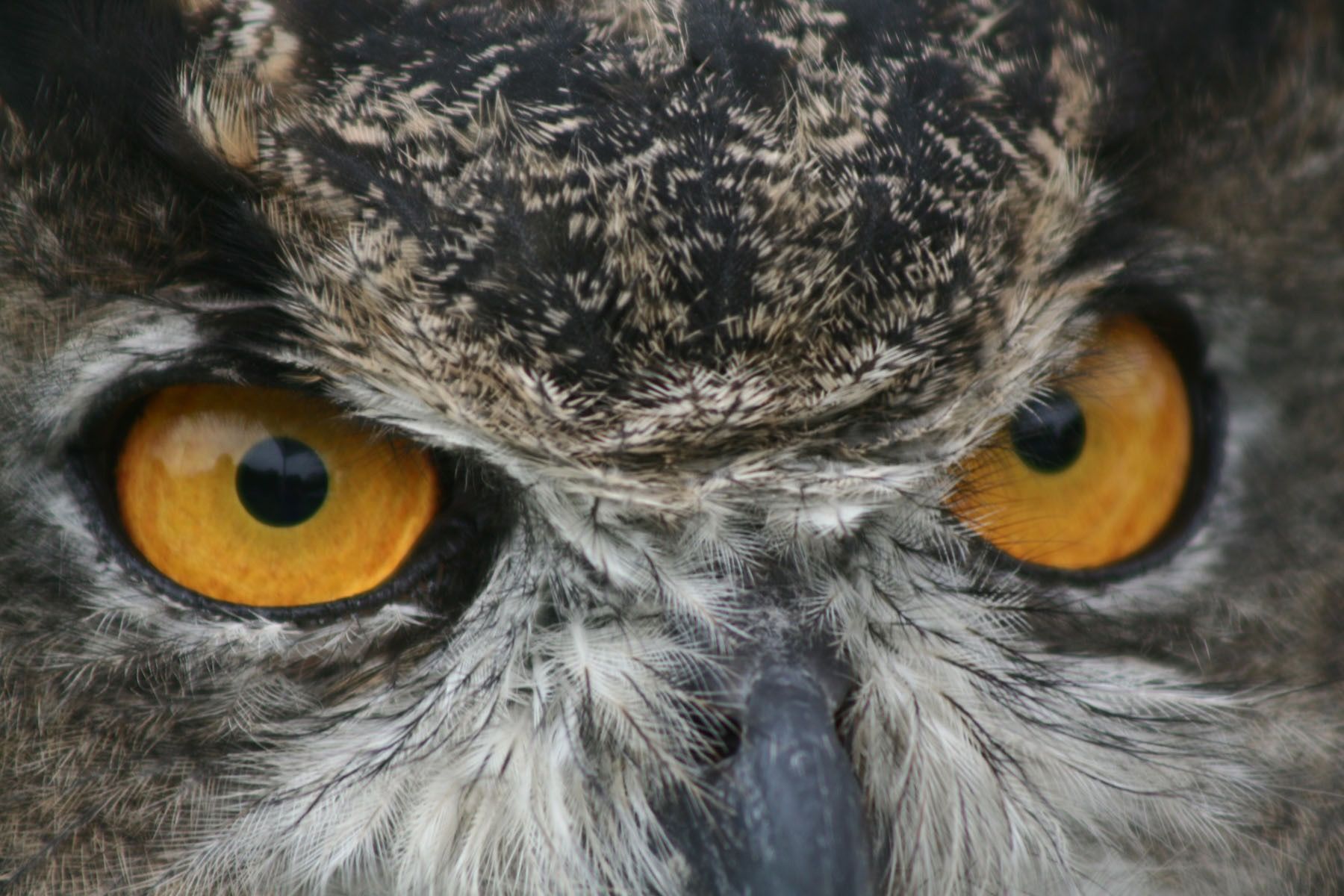
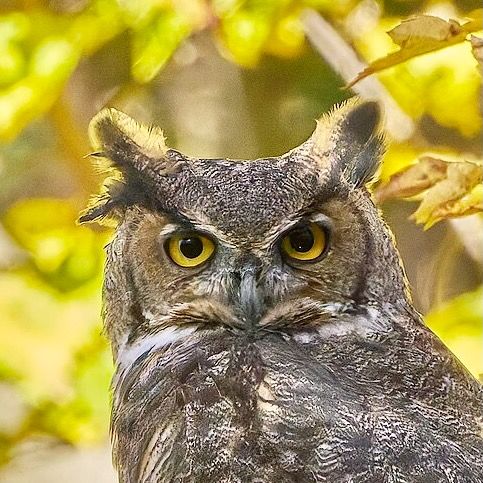
 24jul14.jpeg?w=350?blur=10)
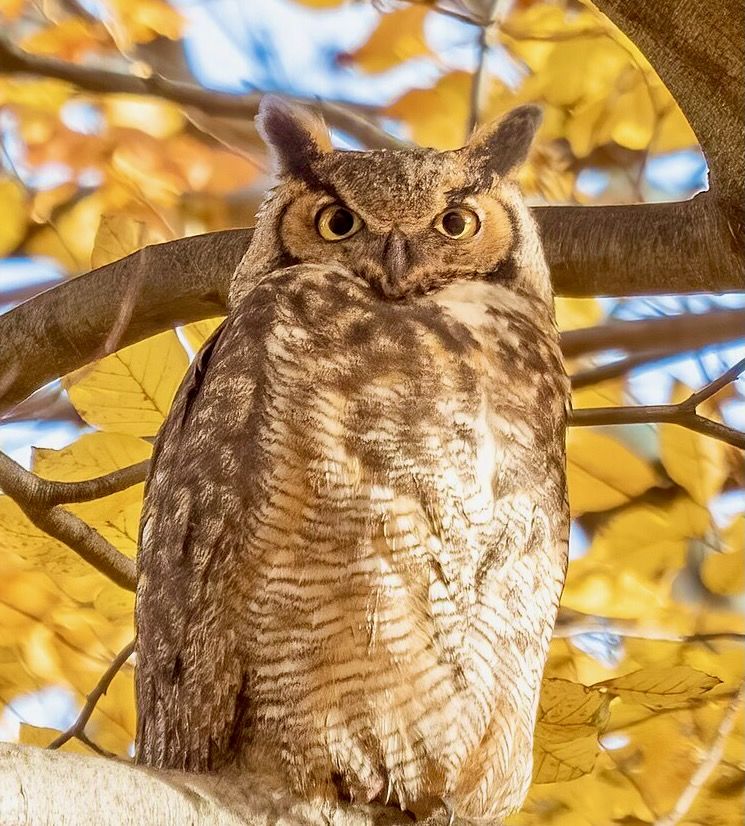


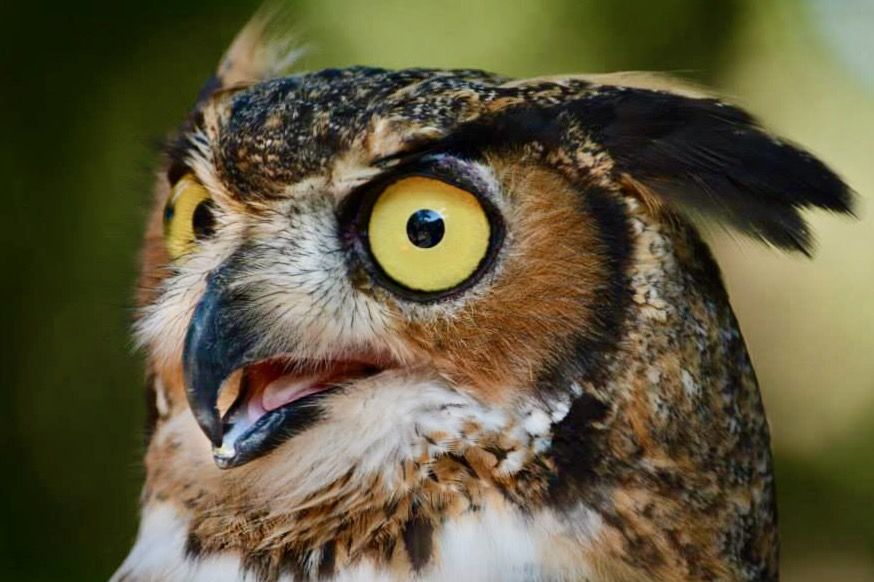
.jpeg?w=350?blur=10)
